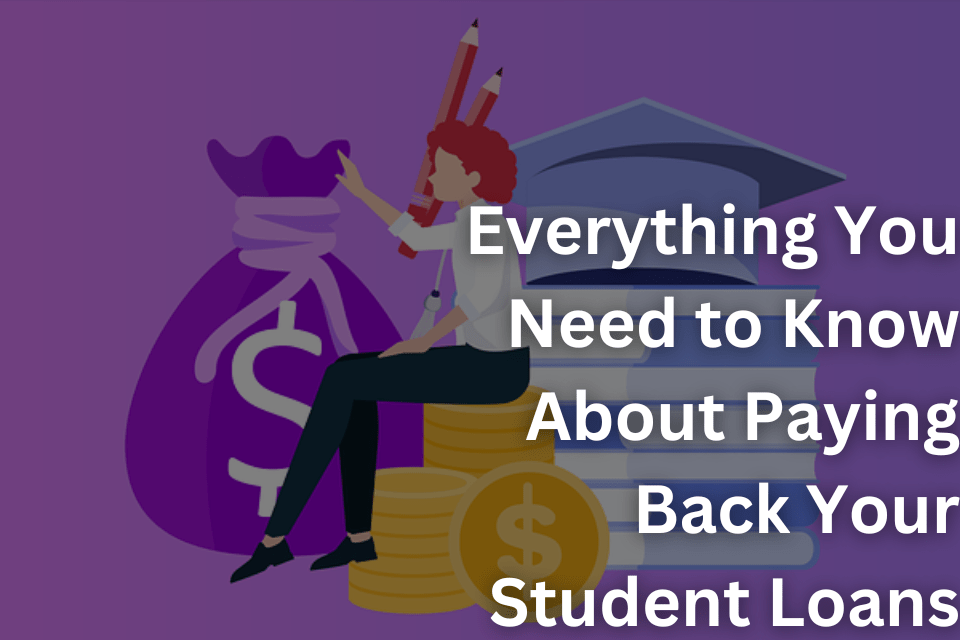Paying back your student loans can be a daunting task, especially if you’re not sure where to start. With so many options, terms, and conditions to consider, it can be hard to know what you’re signing up for. But don’t worry, we’re here to help. In this article, we’ll break down everything you need to know about paying back your student loans, including repayment options, forgiveness programs, and how to avoid default.
Repayment Options
One of the first things to consider when paying back your student loans is what repayment plan you’ll choose. There are several options available, including:
- Standard Repayment: With this plan, you’ll pay a fixed amount each month for up to 10 years. This is the most common plan, and it generally results in the lowest overall interest charges.
- Graduated Repayment: With this plan, your payments will start out low and then increase every two years. This is a good option if you expect your income to increase over time.
- Extended Repayment: With this plan, you’ll make payments for up to 25 years. This will result in higher overall interest charges, but lower monthly payments.
- Income-Driven Repayment: With this plan, your monthly payments will be based on your income. There are several different options available, including Income-Based Repayment (IBR), Pay As You Earn (PAYE), and Revised Pay As You Earn (REPAYE).
Forgiveness Programs
Another option to consider when paying back your student loans is forgiveness programs. These programs are designed to help those who work in certain public service fields or have a certain level of student loan debt. Some examples include:
- Public Service Loan Forgiveness (PSLF): This program is available to those who work in certain public service fields, such as government or non-profit organizations. After making 120 qualifying payments, the remaining balance of your loans will be forgiven.
- Teacher Loan Forgiveness: This program is available to teachers who work in low-income schools or educational service agencies. After five years of service, you may be eligible for up to $17,500 in loan forgiveness.
- Income-Based Repayment (IBR) and Pay As You Earn (PAYE) forgiveness: After 20-25 years of payments, any remaining balance on your loans will be forgiven.
Avoiding Default
Defaulting on your student loans can have serious consequences, including wage garnishment, damage to your credit score, and even legal action. To avoid default, it’s important to stay on top of your payments and make sure you’re on the right repayment plan. Here are a few tips to help you avoid default:
- Make sure you’re on the right repayment plan: If you’re struggling to make your payments, switching to an income-driven repayment plan may help.
- Keep in touch with your servicer: If you’re having trouble making your payments, reach out to your loan servicer as soon as possible. They may be able to offer you a temporary hardship forbearance or modification.
- Take advantage of deferment or forbearance: If you’re experiencing a temporary hardship, such as unemployment or economic hardship, you may be eligible for a deferment or forbearance.
Conclusion
Paying back your student loans can be a daunting task, but it doesn’t have to be. By understanding your repayment options, exploring forgiveness programs, and taking steps to avoid default, you can take control of your student loans and make sure they don’t hold you back. Remember to stay on top of your payments, keep in touch with your loan servicer, and take advantage of any deferment or forbearance options that may be available to you. With the right approach and a little bit of planning, you can successfully pay back your student loans and move on to the next chapter of your life.

